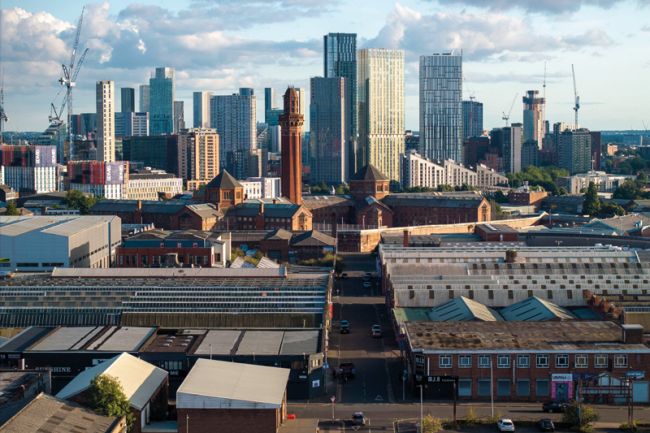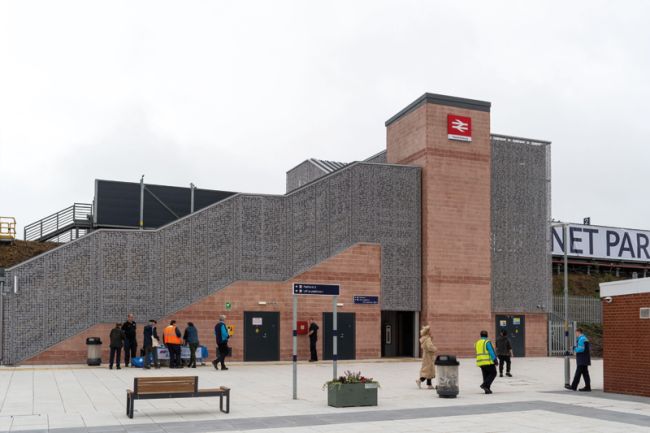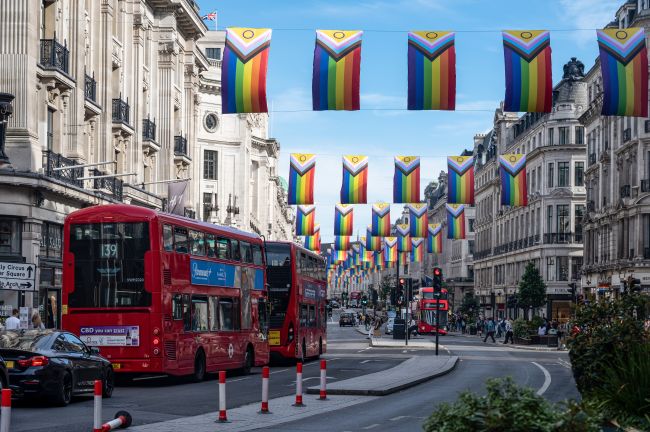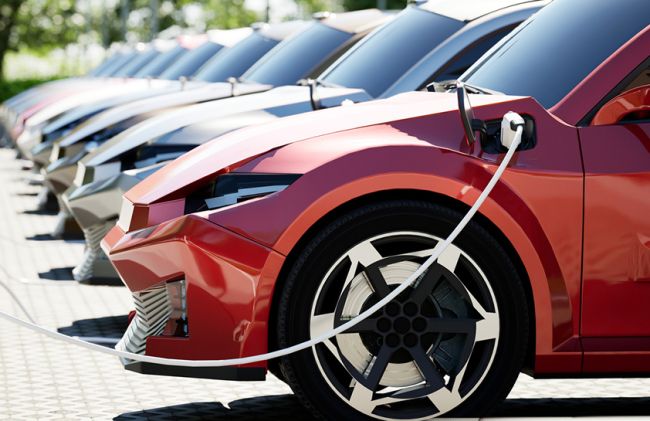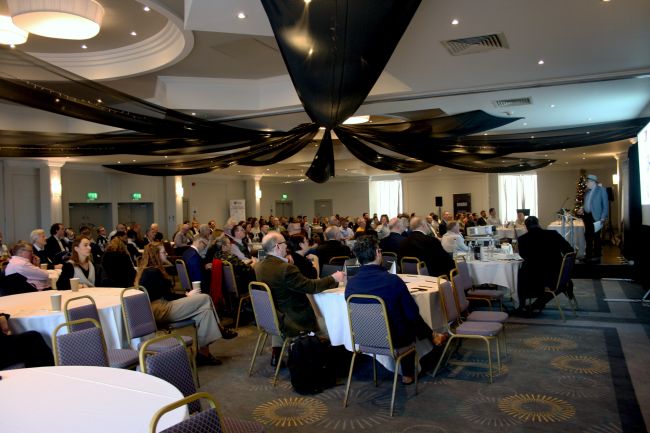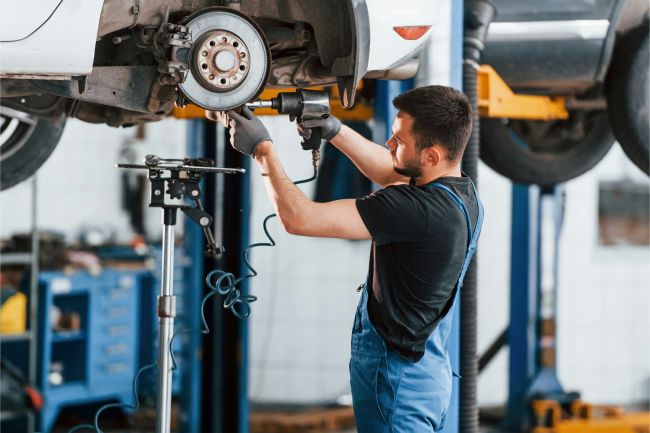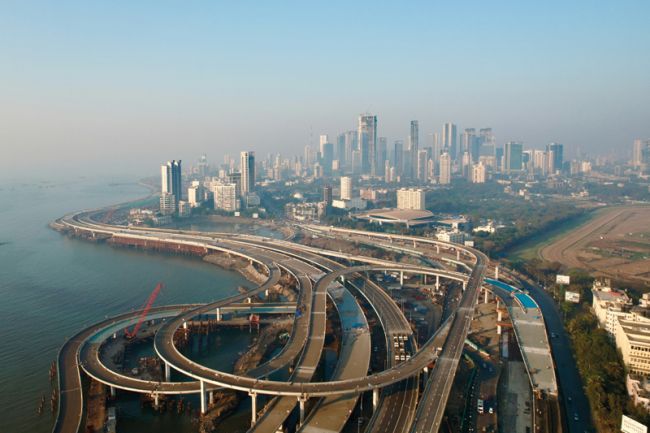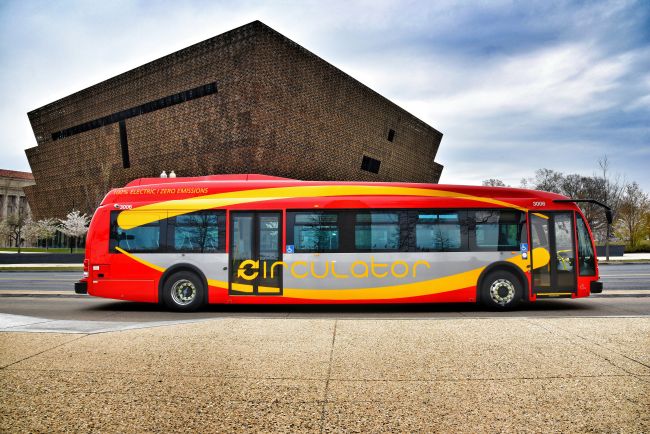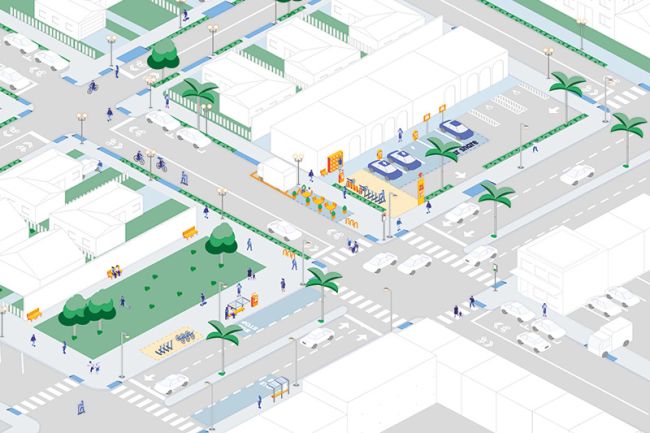Cycle hubs across the whole project lifecycle
Cycle hubs are secure, sheltered place to park your bicycle - usually protected by CCTV or swipe card entry.

Cycle hubs, at their simplest, are a secure, sheltered place to park your bicycle – usually protected by CCTV or swipe card entry. With considered design, and the inclusion of additional facilities such as a café or a repair workshop, they can become attractive elements that contribute positively to the wider urban realm and ease the integration of cycling into our everyday lives.
Bringing a cycle hub from conception to implementation has many phases and needs consideration of key aspects ranging from location to design and usage monitoring. This article steps through the key considerations at each stage of the project lifecycle.
Planning a cycle hub
When planning a cycle hub, there are several simple but crucial demand, location, security and quality considerations to bear in mind. We need to understand issues such as the kind of cyclist it will cater for and the facilities they will want. Are there significant trip attractors for cyclists or key cycling routes? Will the hub be as close as possible to the transport interchange/office/home? Will it be as prominent and visible as possible? Lastly, is it robust and easy to use? Does it inspire confidence in the user?
Designing a cycle hub
When their design is carefully considered, cycle hubs can be more than just storage sheds for bicycles. They can become attractive elements integrated into the urban realm. Key considerations when designing a cycle hub include the following:
- Access: provide clear and step-free access and egress, as well as clear routes within the facility, wide enough for a cyclist to walk next to their bicycle.
- Space: provide enough space between cycle racks, so that users can easily get their bicycles in and out, as well as allowing extra space for larger bikes.
- Light: use light to improve safety and wayfinding inside and to draw attention to the hub from outside at night.
- Simplicity: keep installation and maintenance simple, by designing with prefabricated modules, enabling the extension of the hub if there is a change in demand.
- Legibility: follow branding guidance to include logos, icons, maps and wayfinding, to make the hub and its surroundings easy to navigate, as well as linking into any wider cycling strategies.
Operating a cycle hub
Key aspects to look at when operating a cycle hub are charging, staffing, maintenance and promotion. Are cyclists willing to pay for the service? This will vary depending on the type of cyclist and the facilities offered. People like interacting with people, so consider the viability of having staff on site. Maintenance is also a crucial factor, as issues such as faulty doors or key fobs can deter users. Finally, ongoing promotion of the facility will attract new users.
Monitoring usage of a cycle hub
The last, and often overlooked, stage of the project lifecycle is the importance of monitoring use once the cycle hub has been installed. This allows operators to understand usage patterns and to develop strategies to boost usage, if needed. There are various ways of monitoring usage, from simple weekly bicycle counts to using smartcard and key fob access to track entries and exits. More innovative approaches include sensors in each cycle rack, or chips in the bicycle’s frame, which track how long a bicycle is parked.
Taking into account these key considerations at each stage of the project lifecycle, cycle hubs can be successfully implemented, with high levels of usage and many satisfied users, while contributing positively to the urban realm in which they sit.
Example of Haven Green, Ealing
Putting into practice the key considerations outlined in this article, we developed a cycle hub design for Haven Green in Ealing Broadway, London. Conceived as quirky, colourful and innovative, this cycle hub was designed as a modular prototype structure to allow its length, span and capacity to fit the space. The temporary structure was designed to be easily erected and taken down if necessary – to respond flexibly to the unprecedented usage of existing cycle parking – and to create an attractive background for Haven Green, while providing extra space for commuters to park their bicycles. We developed this design from feasibility to preliminary design, through concept to detailed design, including 3D models and visualisations of the final design, which were used in the tender document for manufacturers.
Written by Louis Devenish.
